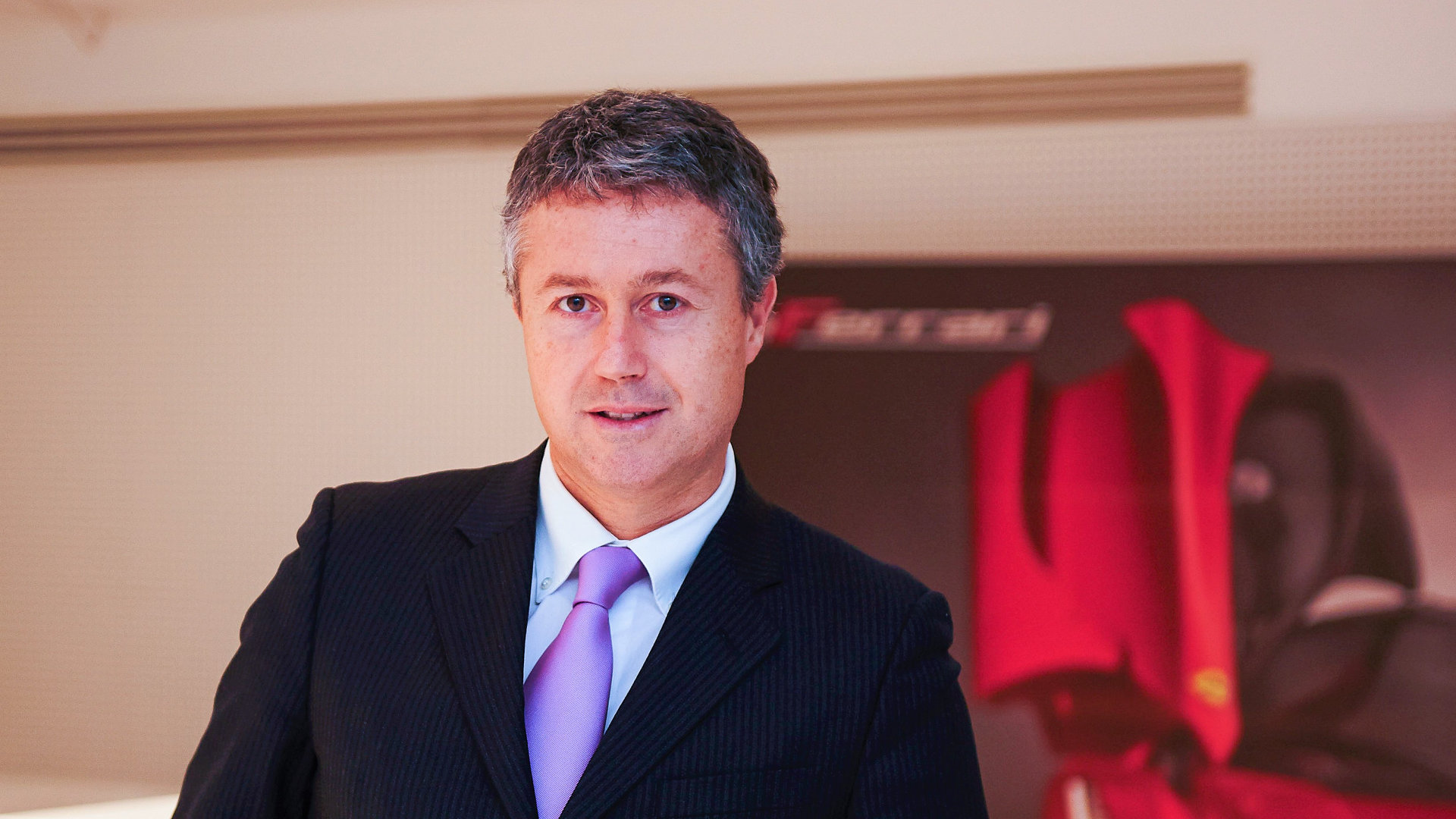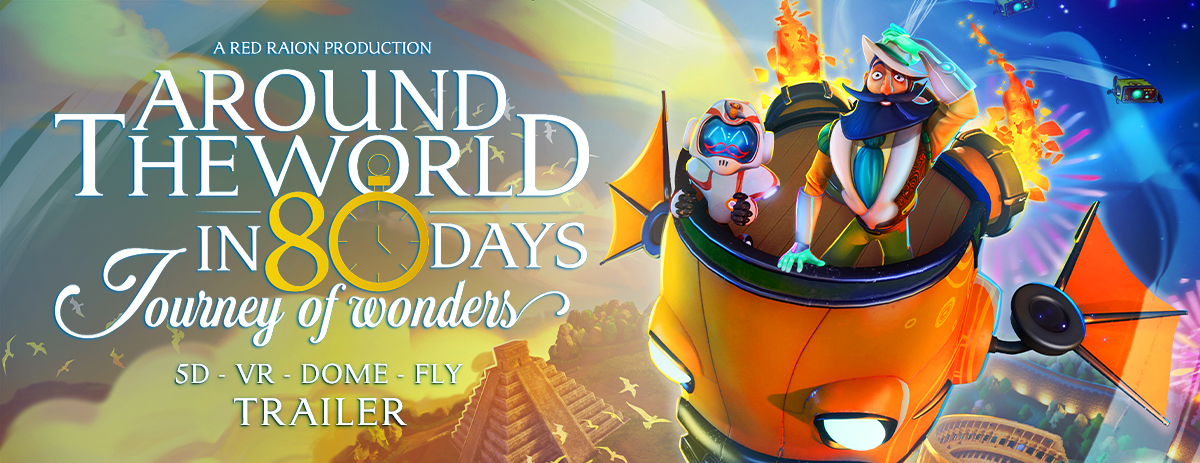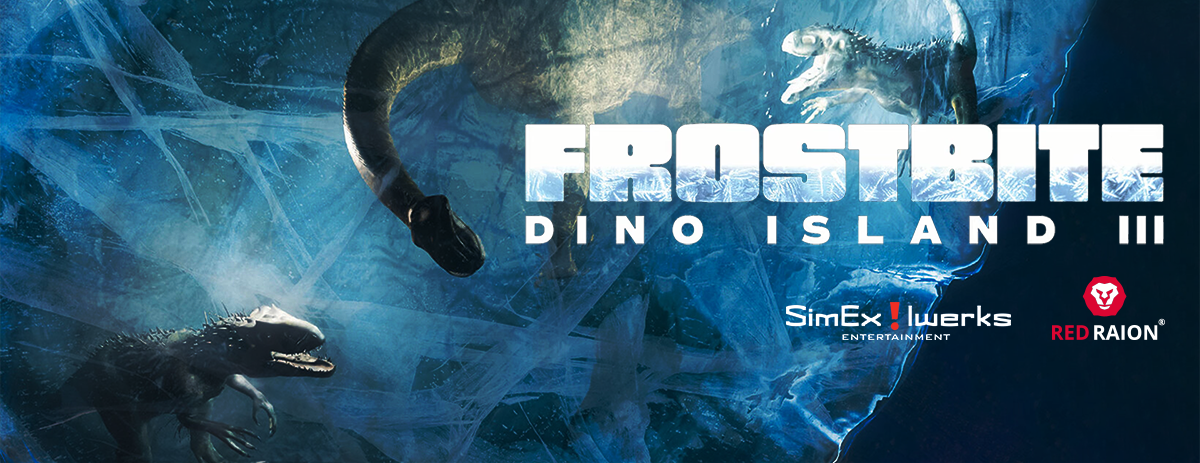Exclusive interview with Stefano Cigarini, CEO of Cinecittà World
There are professionals who like to speak and impress people with words and other who prefer to roll up their sleeves and let facts do the talking. Stefano Cigarini definitely belongs to the latter group. Since working in the amusement industry, the Italian manager has achieved success in every position he has held.
As CEO at Zoomarine, Stefano Cigarini was able to triple the number of visitors on yearly basis. Under his leadership, Rainbow MagicLand became the third most popular theme park in Italy. He has been one of the most important professionals in recent times for the development of Ferrari World theme parks.
In July 2016, Mr Cigarini was appointed as CEO of Cinecittà World in Rome, the theme park that celebrates the history of Italian cinema, whose revenue has increased by 120% over the previous year under his first year of management. Meanwhile Stefano Cigarini serves as COO of Regions Entertainment, a leading Russian group, that is building the first theme park in Moscow, due to open in 2019. We’ve reached Stefano Cigarini to talk with him about his new professional experience and discuss trends in the amusement industry.
How has Cinecittà World evolved in this first period under your management? Can you describe the park to our readers?
Cinecittà World theme park project starts from a very simple insight: bringing guests behind the scenes of movies and television shows. Cinecittà, the first Italian movie production studio in Italy, was founded in 1937. Since then 3000 films were shot here, winning 47 Oscar Prizes, with over 90 nominations: from the so-called peplum, historical movies like Cleopatra, Ben Hur, Quo Vadis to the most recent Gangs of New York, the Passion, Zoolander 2, Oceans 12, James Bond episodes, and many others.
Now with Cinecittà World guests can step into real movie sets and scenographies (i.e. Gangs of New York, Ancient Rome movies), re-enact famous movie scenes (like the Chariot race of Ben Hur), re-live through virtual reality immersive experiences (War of the Worlds), experience fear in the actors based animated Horror House, touch and interact with movies memorabilia like the original props of the Gladiator.
What are the key factors that an amusement park CEO has to take into account to have a steady and stable growth over time?
The overall quality of guest experience. Guest experience is a complex package and process, made of many elements that need to contemporary work and link together. Attractions, park layout, shows, timing, logistics, team, welcoming, pricing, digital experience (pre, during, post visit), marketing, communication, safety, food and shopping experience and many other details, processed and developed from the client’s perspective. It is like an orchestra, where the CEO is the director, and every instruments has to play harmonically and synchronized to obtain that thing, that differs from noise, called... music!
Let’s have a look at the future of the amusement industry. What is going to change in the parks world in the next ten years?
Theme parks will be chased by the development of personal interactive and immersive tools like smartphones, console, videogames, AR/VR and digital entertainment in general. All of this mass of products and services is and will be more and more available with affordable prices. In addition, most of them can count on strong international IPs, compelling storytelling, high quality and budget due to the fact they are created for a wide international audience. Therefore, parks will have to anticipate trends, scale them on a bigger size, intensity and level than what is available in normal trade. The level of delivering will necessarily be high because standards and expectation from the public will dramatically increase. The crossbar of the “wow factor” is going to be tighter than ever.
On the other hand, what are the attractions that guests will keep asking for?
I do not think there is one standard: it will vary from world regions, culture, maturity of the public, IP penetration, target range and so on… The attractions that will stay are those who will emotionally engage the audience and transport them somewhere they have never been before. Still nowadays rides like Disney’s “A Small World” or major coaster are able to create some minutes of magic, even if they were installed over 50 years ago.
What are the challenges that the amusement industry is currently facing? How to win them?
The overall theme parks market is growing. Both organically and for new openings. Despite this, the risk of failures is very high. Moreover, this is a big problem considering that we are in a capital-intensive business (first you make the overall investment, and then you start selling tickets…). Some projects, even with primary companies and huge budgets, were not successful so far as expected, think for example of some of the UAE new parks openings or various projects in China that, even if the whole country offering is growing, are not reaching break-even point.
According to IAAPA’s latest reports, immersive attractions are among the principal drivers in industry development. What is the added value that digital attractions bring within theme parks?
Immersiveness has been a key of theme parks since 1955 when Walt Disney opened his first theme park in Los Angeles. The physical layout was designed in such a way to contain and cuddle guests from the entrance, projecting them in a new world. Now digital techniques, content and tools can explode this opportunity to a level never reached before, and we are just at the begin of this process.
Technology gives more options to amusement professionals and opens a whole new range of possibilities. A lot has been done, but more innovations will come. What do you think the next revolution will be? How content creators can influence this process?
In the 19th century, the major of New York said that the streets of the city could not host all carriages needed to bring his inhabitants around. But then cars and public transportation were invented and everything imagined before was out of date. I think digital progress will proceed in two ways: organically - improving attractions we currently have: simulators, cinemas, VR, AR, immersive attractions and so on… - and by disruption - creating experiences we just don’t imagine now. And most of this is in the hands of us and of content creators. This is why we are all living and contributing to shape one of the most exciting age for entertainment and in general for our world!
Would you like to discover our VR/5D movies? Watch all of our films in full-length! What’s more, we’ll send you a free report about the mistakes you should never make when choosing immersive video content!
[share_box]




